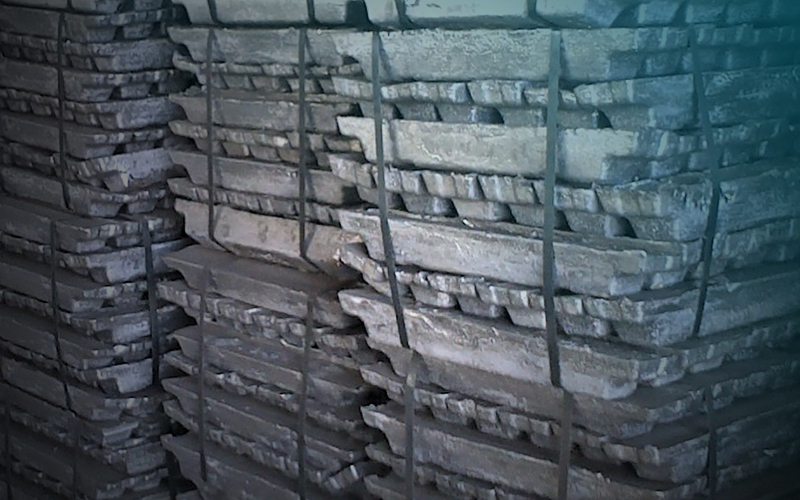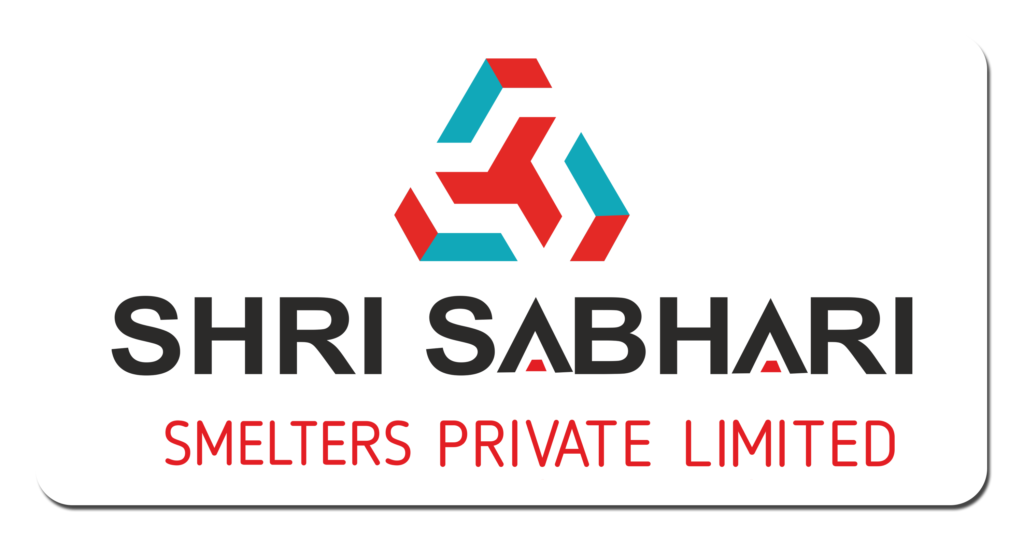Remelted Lead Ingots are being produced from Raw Lead / Battery Scraps / Lead Scraps and other scraps of Lead in the specially designed Blast Furnace. The Scrap is obtained and is mixed with other reducing agents in the Furnace. We dispatch after staking of 42 ingots in one bundle dully striped. Remelted Lead Ingots, which contains about 97-99% Lead Metal with remaining Impurity Elements (Total 2-3%) as Antimony, Tin, Arsenic, Iron, Bismuth, Copper etc.

What Are Remelted Lead Ingots?
Remelted lead ingots are purified lead blocks produced by melting down lead scrap (such as battery scrap, lead sheets, cable sheathing, and other lead-containing waste) and casting it into standardized shapes for reuse in manufacturing.
Production / Extraction Process
Collection of Lead Scrap:
Sources include spent lead-acid batteries, industrial scrap, and recycled lead products.Pre-Treatment:
Removal of non-lead materials such as plastics, acid, and impurities.Melting:
Scrap lead is melted in a furnace at temperatures around 350–400°C.Refining:
Impurities such as iron, zinc, and other metals are removed by fluxing, drossing, or other refining methods.Casting:
Molten lead is poured into molds to form ingots of various sizes and weights.Cooling and Solidification:
Ingots cool down and solidify, ready for storage or shipment.
Usage of Remelted Lead Ingots
Battery Manufacturing: The largest consumer; ingots are remelted and alloyed for new lead-acid batteries.
Cable Sheathing: Used in electrical cable production for corrosion resistance.
Radiation Shielding: In medical and nuclear applications.
Construction: Used for roofing, flashing, and other building materials.
Solders & Alloys: Base metal for solder and specialty alloys.
Key Highlights
Cost-Effective Recycling: Remelting reduces the need for raw lead ore mining.
High Purity: Refining produces lead suitable for critical industrial applications.
Environmental Benefits: Reduces waste and minimizes lead pollution.
Standardized Forms: Ingots are easy to transport, store, and use.
Versatile Applications: Supports multiple industries with recycled material.
FAQ
Used lead-acid batteries, lead sheets, cable sheathing, lead-containing electronic waste, and manufacturing offcuts.
Typically 99.9% pure or higher after refining, suitable for most industrial uses.
Lead melts around 327°C (621°F), but remelting is usually done at 350–400°C for safety and efficiency.
When properly refined and handled with safety protocols, yes. However, lead exposure precautions should always be observed.
Yes, remelted lead ingots are the primary raw material for lead-acid battery manufacturing.



